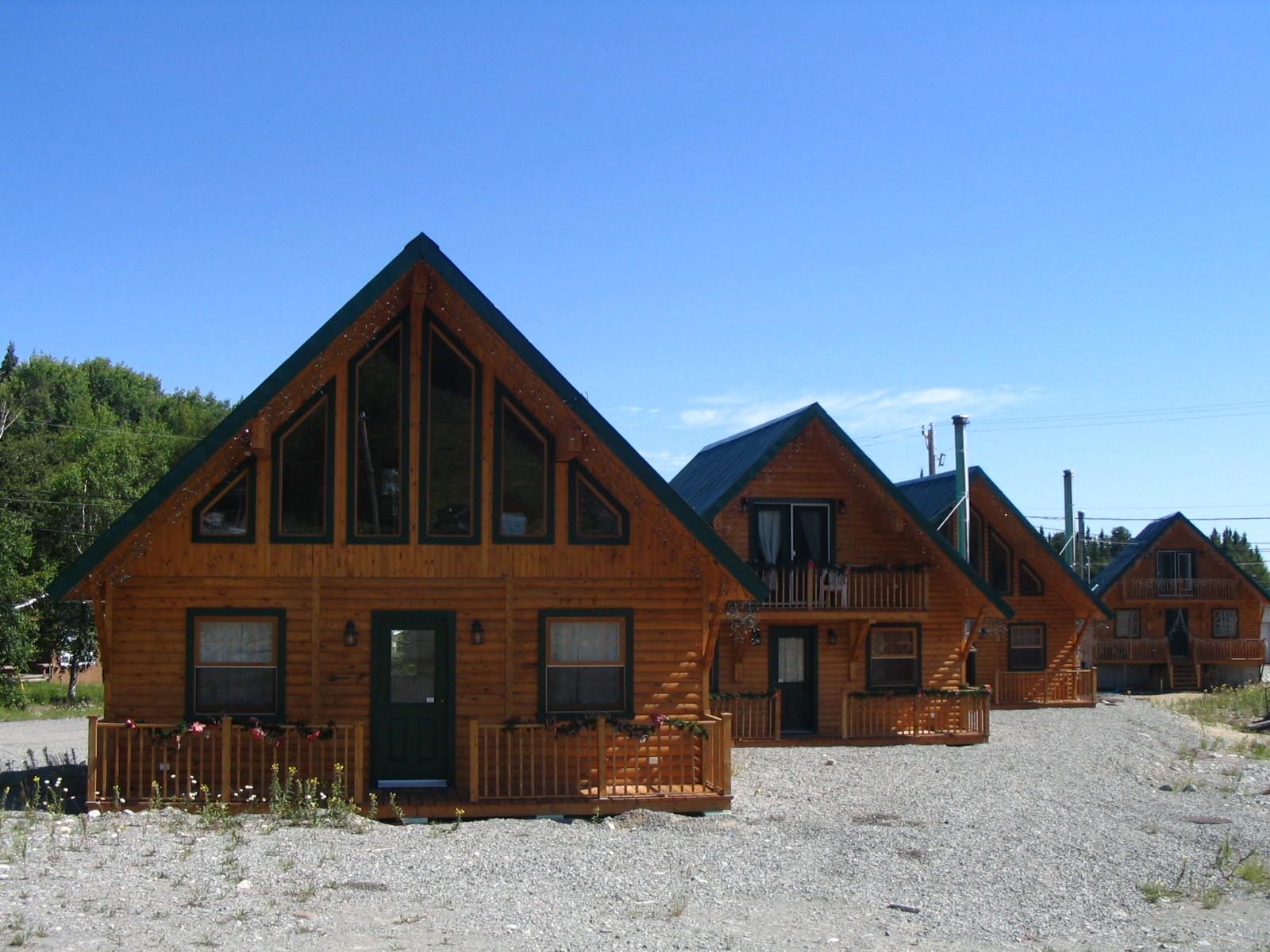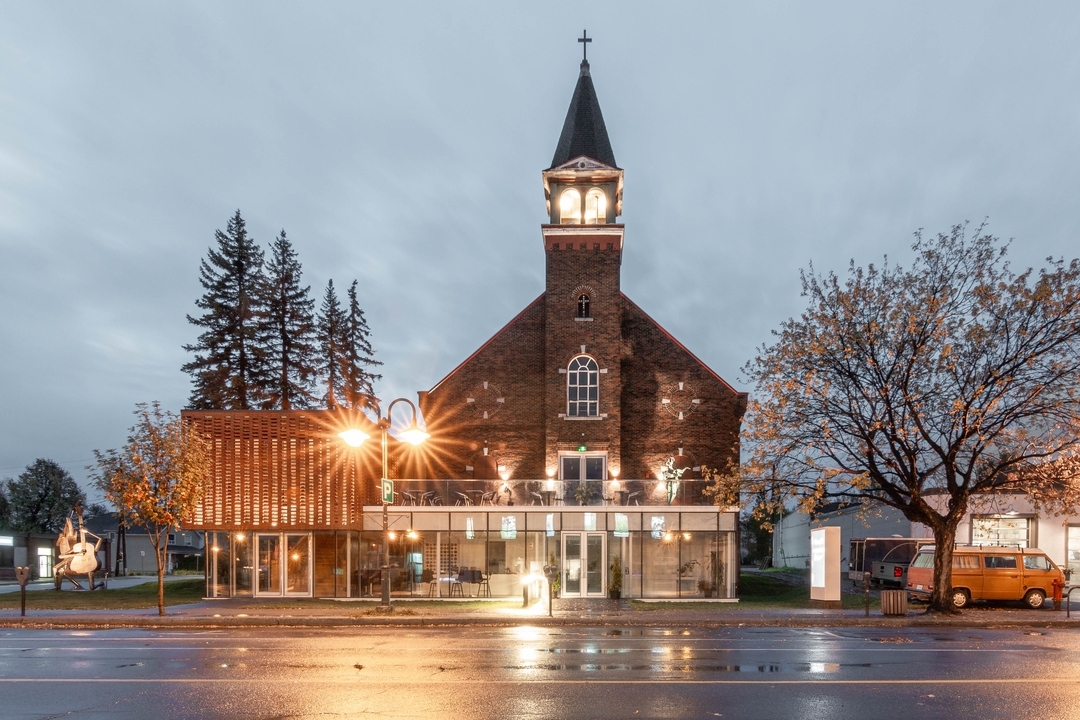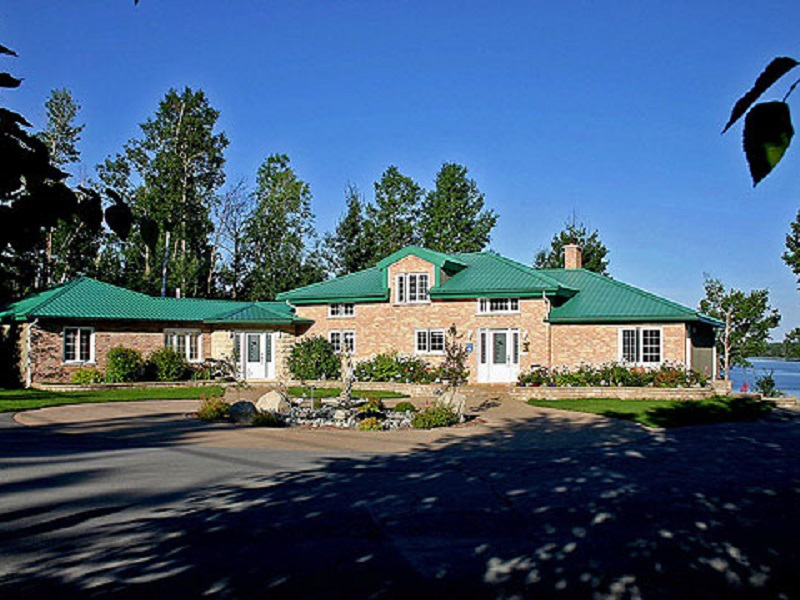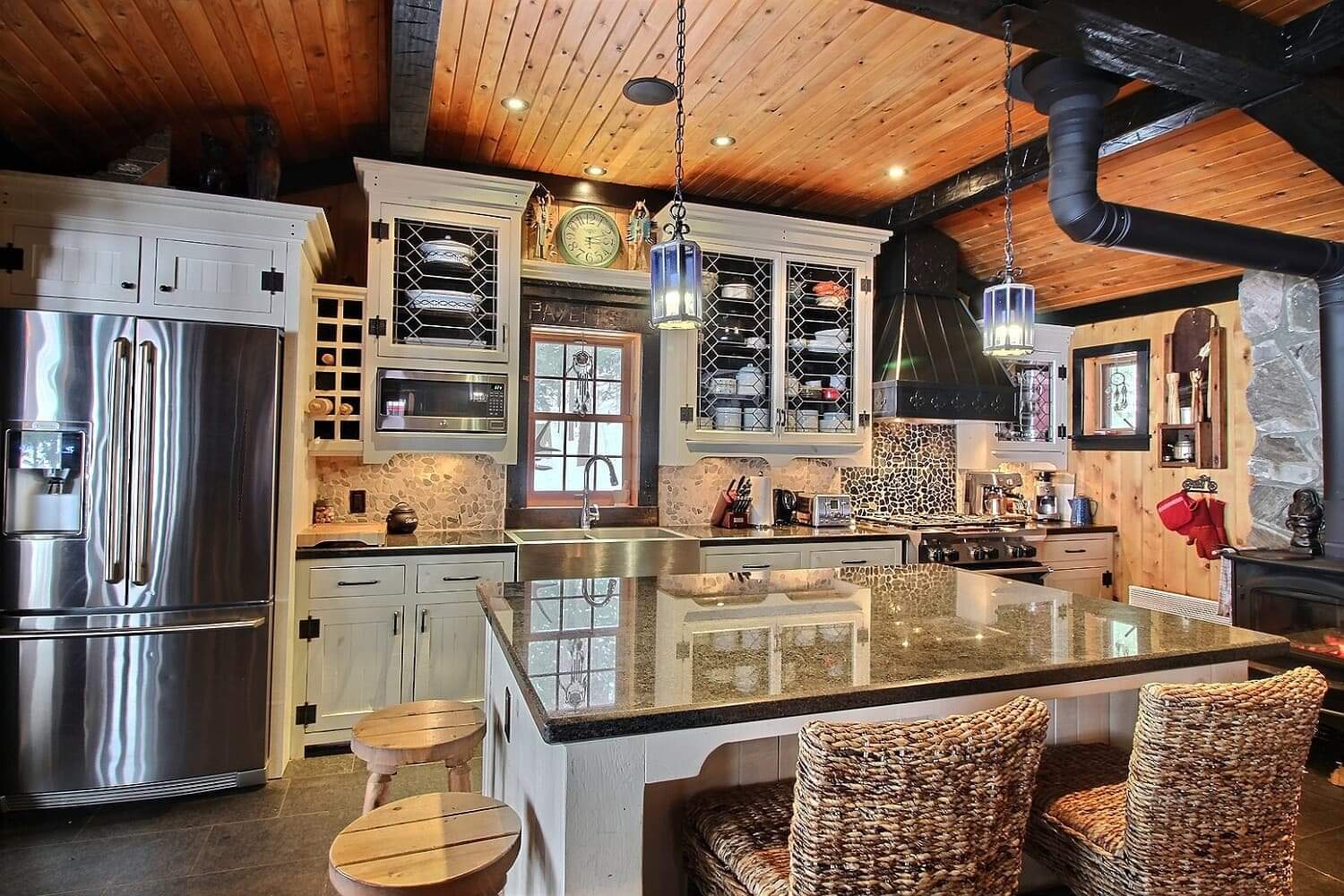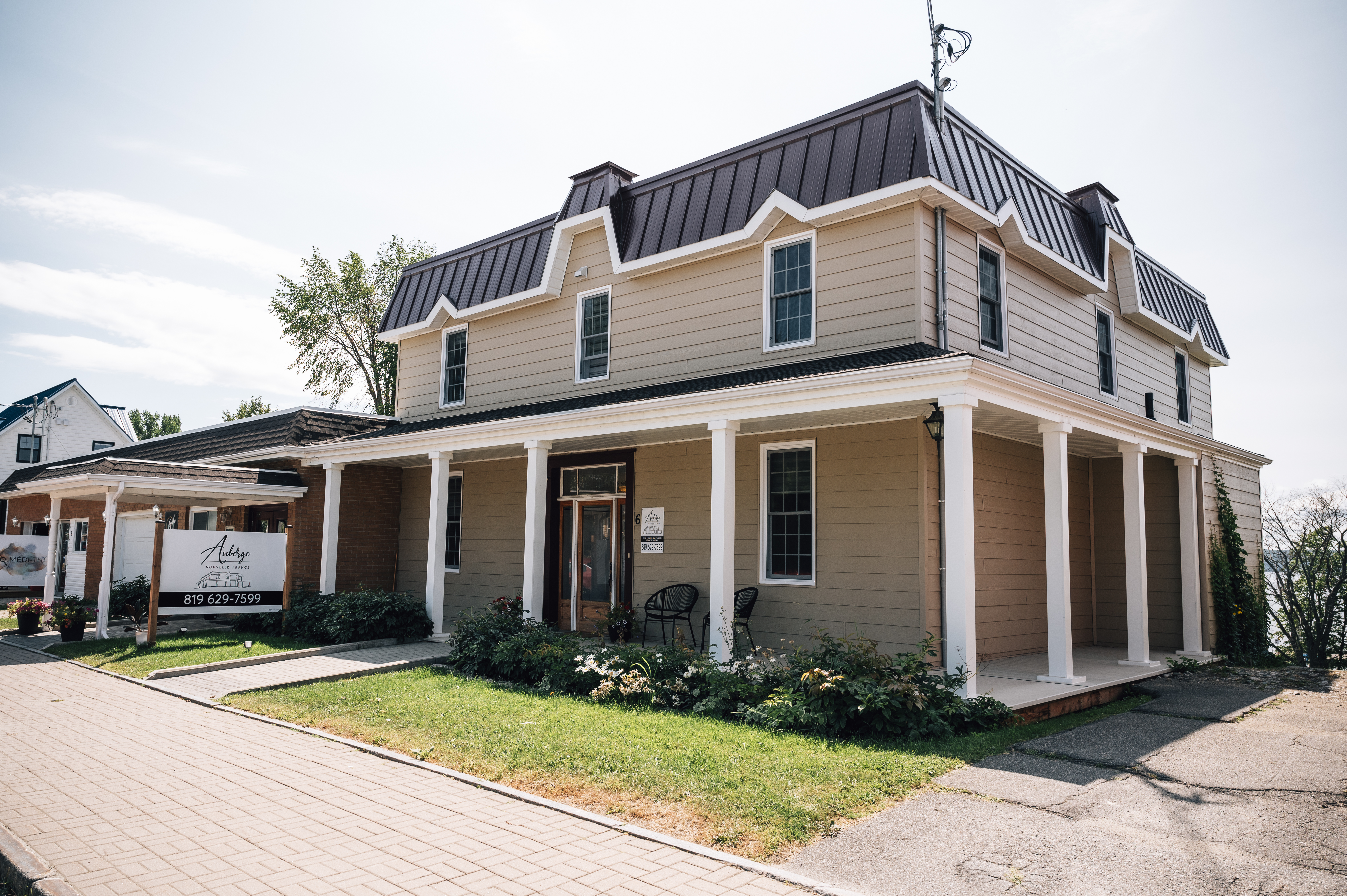Des vacances en Abitibi-Témiscamingue c’est…
Perdre ton regard dans un horizon à 360 degrés. Te laisser envahir par la quiétude du paysage, comme si le temps s’arrêtait pour te suspendre au-dessus de la forêt boréale. Comme si la nature elle-même te rappelait à l’ordre, te faisant sentir tout petit devant des lacs majestueux et tout jeune face à des formations géologiques millénaires.
C’est aussi notre art, notre culture, nos plaisirs gourmands et nos festivals ! Avec nos personnages colorés et nos rires éclatants, on adore accueillir et on a le cœur à la fête. Toute l’année, les festivals s’enchaînent, offrant à tous une occasion de plus de sourire, danser et festoyer en famille ou entre amis. Qu’attends-tu pour en profiter ?
Pars à la découverte de l’Abitibi-Témiscamingue!
Plonge dans l’effervescence de nos festivals, où la musique et les rires résonnent à chaque coin de rue. Puis, en un clin d’œil, échappe-toi en pleine nature, au bord d’un lac ou au cœur de la forêt, avec l’impression d’être seul au monde. Ici, culture et plein air se rencontrent pour t’offrir des expériences inoubliables. Ce contraste te charmera autant que nous !
leduc_tat_72dpi-4016-aspect-ratio-608-256-1024x431.jpg)
Deux parcs nationaux, mille façons de les explorer !
L’Abitibi-Témiscamingue a la chance d’abriter deux parcs nationaux à couper le souffle. Le plus jeune, le parc national d’Opémican, inauguré en 2019, t’invite à explorer ses secteurs emblématiques : la Pointe Opémican et la rivière Kipawa. Quant au parc national d’Aiguebelle, sa renommée dépasse les frontières, et une seule visite suffit pour comprendre pourquoi. Que tu sois adepte de randonnée, de canot-camping, de vélo ou d’une combinaison des trois, ces territoires protégés te promettent des aventures inoubliables. À toi de choisir ton prochain défi !
Découvre nos parcs nationaux
 Le plein air, accessible à tous!
Le plein air, accessible à tous!
Accès Plein Air
Choisis ton activité ou ton parcours à travers la centaine qu’on te propose sur le site d’Accès Plein Air. Tu accèderas à une foule de détails pour planifier ta sortie (dénivelé, distance, photo, tracé et carte) et tu auras accès à un guidage jusqu’au point de départ.
Le plein air au bout des doigtsEn quête d’activités inoubliables ?
Escapades, nouveautés, suggestions d’activités… Nos rédacteurs.trices vous donnent leurs avis, partagent leurs coups de cœur et vous révèlent les secrets bien gardés de notre région pleine de charme. Que vous soyez amateur de nature, passionné de culture ou en quête de découvertes gastronomiques, nos articles vous guideront vers des expériences uniques et inoubliables. Laisse-toi inspirer et explore la région à travers l’œil de nos experts !

Consulte le guide 2025-2026
Que tu recherche un hôtel agréable où loger, un bon restaurant où te régaler ou encore une activité à faire pour la journée, notre guide touristique 2025-2026 contient toutes les informations pertinentes pour un séjour réussi.
On vous fait voyager
toute l’année
@abitibi.temiscamingue
Besoin d’aide pour
planifier ton séjour?
Guide touristique officiel
Venir et se déplacer
Foire aux questions
Inscris-toi à notre infolettre
Laisse nos suggestions chargées d’inspiration venir directement à toi!


